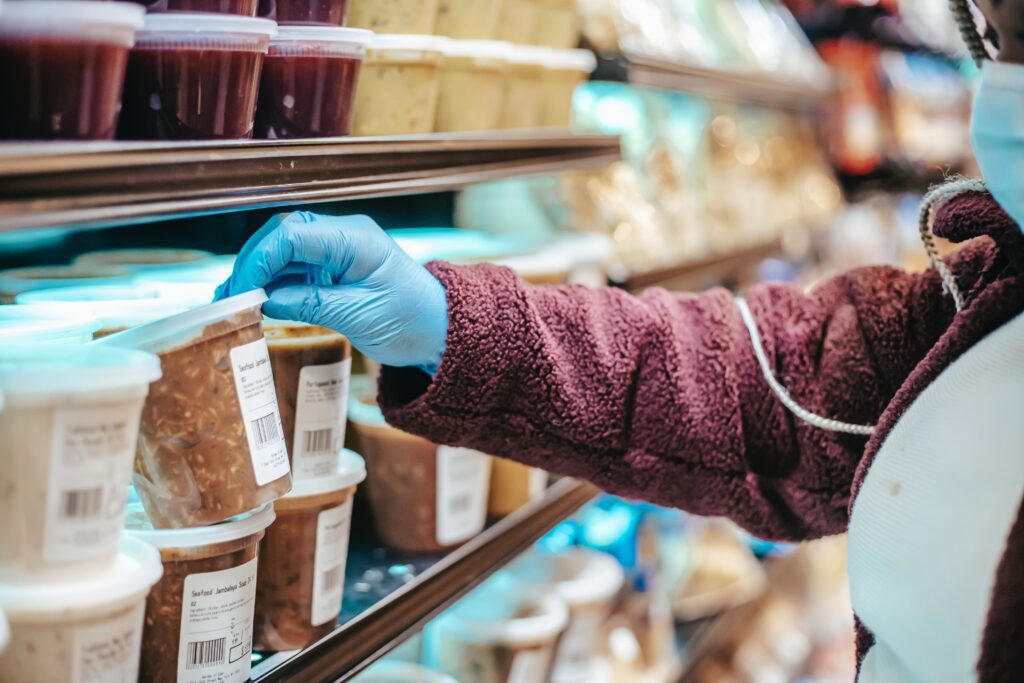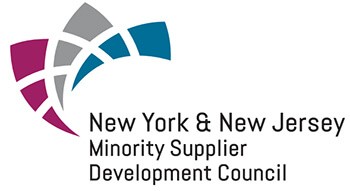Did you know?
Plastic is a very versatile material originating from various elements.

The elements of the periodic table, such as carbon, hydrogen, oxygen, nitrogen, and sulfur are the bases of a variety of plastics used to make most of the products we use every day. Some plastics are clear and strong while some are lightweight. Plastics can be resistant to bacteria and can be used in food packaging and medical equipment.
Plastics are used in various types of food packaging and containers for a variety of reasons: they help protect food and prevent damage, ensure food safety and extend the freshness of food.
How Safe and Recyclable Plastic Food Packaging Are? Here Comes Identification Codes
You must have seen the number 1 through 7 on the bottom or to the side of the plastic container. This number is the plastic “resin identification code”, also known as the “recycling number.” The number indicates the safety and ability to be recycled of plastic packaging.
Most of the plastic resins used in packaging (# 1 through # 7) are recyclable as well as are safe for food packaging.
TYPES OF FOOD PACKAGING WHICH IS SAFE AND RECYCLABLE
PETE or PET (recycling number 1 / resin ID code 1)
Polyethylene terephthalate (PETE or PET) is a lightweight semi-rigid or rigid plastic much more resistant to impacts that help protect food or liquids inside the container.
PET is commonly used in food packaging such as soft drinks, sports drinks, and water in individual format, ketchup, salad dressings, vitamins, vegetable oil bottles, and peanut butter containers.
HDPE (recycling number 2 / resin ID code 2)
HDPE or High-density polyethylene is a tough, opaque plastic that is lightweight. For example, an HDPE milk container may weigh only half a kilo, but be strong enough to hold about 3.78 liters of milk.
HDPE is commonly used in milk and juice containers, vinegar and squeeze butter bottles, and chocolate syrup containers, in addition to shopping bags.
PVC (recycling number 3 / resin ID code 3)
The element chlorine is the main ingredient used to make polyvinyl chloride (PVC), a common type of biologically and chemically resistant plastic. These two characteristics help PVC containers preserve the integrity of products, including medicines.
Clear vinyl is used as tamper-resistant OTC medicine packaging and in the shrinkage of various products. Vinyl is also used in blister packaging (packaging that has a cavity or gap), such as packages for refreshing mints or chewing gum, for example.
LDPE (recycling number 4 / resin ID code 4)
Low-Density Polyethylene (LDPE) is thinner than other resins and also has higher heat resistance. Due to its strength and flexibility, LDPE is used primarily in plastic film applications that require heat sealing, but it is also used in rigid applications.
LDPE is commonly used in food packaging to make coffee can lids, bread bags, holding rings for six-can soda packs, and fruit and vegetable bags used in grocery stores.
PP (recycling number 5 / resin ID code 5)
Polypropylene (PP) is a somewhat rigid plastic, but less brittle than other plastics. It can be translucent, opaque, or a different color when manufactured. In general, PP has a high melting point, which makes it particularly suitable for packaging products used in the microwave oven or dishwasher. PP is commonly used in food packaging for yogurt, maple syrup, cream cheese, and sour cream containers, as well as prescription drug bottles.
PS (recycling number 6 / resin ID code 6)
Polystyrene (PS) is a hard, colorless plastic without much flexibility. It can be foamed or poured into molds to be molded into plastic spoons or forks, for example.
How to use it? In food packaging, PS is used to make plastic lids, food and bakery trays, fast food containers and lids, hot containers, and egg cartons.
Other or O (recycling number 7 / resin ID code 7)
Other or O on the plastic container indicates that the container was manufactured with a plastic resin other than the six types of resins mentioned above, for example, the container could be polycarbonate or polylactide acid (PLA), or it could be made of more than one plastic resin material.
In food packaging, plastic-type # 7 is generally used to make almost 20-liter containers of water and some citrus juice and ketchup bottles, as well as cups, lids for coffee containers and clam containers.





